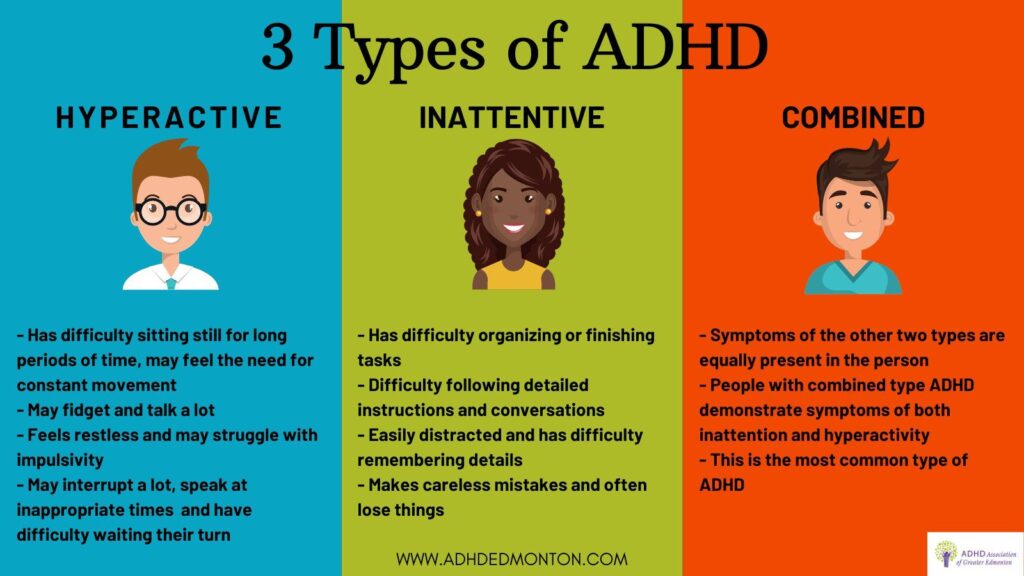ADHD or Attention Deficit Hyperactivity Disorder is a neurodevelopmental disorder that affects millions of people worldwide. ADHD suffering may experience difficulties in hyperactivity, paying attention, and other related symptoms. There are various effective treatments available, including drugs therapy, behavioral therapy, and of course neurofeedback or EEG-based biofeedback.
Neurofeedback has been approved by the US Food and Drug Administration (FDA) for the treatment of ADHD disorder. The FDA has recognized that neurofeedback therapy can be an effective treatment option for individuals with ADHD who are unable to tolerate or do not wish to take medication.
Neurofeedback is a form of therapy that uses real-time displays of brain activity to teach individuals how to self-regulate their brain function. Individuals learn to voluntarily control their brainwaves by receiving visual or/and auditory feedback based on their brain activity. This form of therapy has been used to treat various conditions, including ADHD.

ADHD has several subtypes: predominantly inattentive type, predominantly hyperactive-impulsive type, and combined type. The predominantly inattentive type is characterized by difficulty in paying attention, forgetfulness, and disorganization. The predominantly hyperactive-impulsive type is characterized by excessive fidgeting, talking, and impulsivity. The combined type is a combination of both inattentive and hyperactive-impulsive symptoms.
Quantitative Electroencephalography (QEEG) diagnostics is a method used to diagnose and treat ADHD using neurofeedback. In QEEG diagnostics, an individual’s brain activity is aquired and processed to identify any abnormal brainwave patterns. This information is then used to develop a personalized neurofeedback therapy plan for the individual. For example, if an individual has a particularly high theta/beta ratio, a neurofeedback protocol that focuses on decreasing theta activity and increasing beta activity may be more effective than a protocol that targets other brainwave patterns.
Furthermore, QEEG assessment can also help identify associated diseases that may be contributing to an individual’s ADHD symptoms. For example, individuals with ADHD may also have anxiety or depression, which can affect their brainwave patterns. By identifying these conditions, a more complex treatment plan can be developed.
Overall, QEEG assessment is an important tool in the development of a personalized neurofeedback protocol for ADHD. By identifying an individual’s unique brainwave activity, including their theta/beta ratio and more, a tailored treatment plan can be developed. This can lead to more effective and long-lasting results for individuals with ADHD.

Neurofeedback therapy has been approved by the US Food and Drug Administration (FDA) for the treatment of ADHD. The FDA has recognized that neurofeedback therapy can be an effective treatment option for individuals with ADHD who are unable to tolerate or do not wish to take medication. However, neurofeedback therapy is not a substitute for medication, and individuals with ADHD should consult with their healthcare provider before starting any treatment plan. But insurance coverage in US for neurofeedback varies by state and insurance provider. In some cases, insurance may cover a portion of the cost of neurofeedback therapy.
In conclusion, neurofeedback therapy is an effective treatment method for ADHD, and QEEG diagnostics can help personalize the therapy plan. With FDA approval and insurance coverage in some cases, neurofeedback therapy is becoming more affordable to individuals with ADHD. If you or a loved one has ADHD, consider speaking with a healthcare provider to determine if neurofeedback therapy may be a suitable treatment option.

